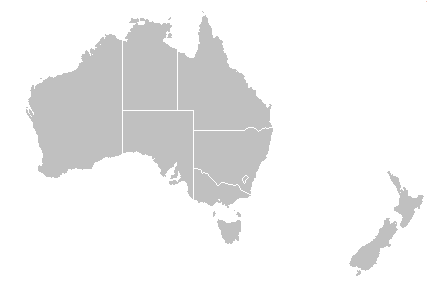Mount Lidgbird
Mount Lidgbird, also Mount Ledgbird and Big Hill,[1] is located in the southern section of Lord Howe Island, just north of Mount Gower, from which it is separated by the saddle at the head of Erskine Valley, and has its peak at 777 metres (2,549 ft) above sea level.
| Mount Lidgbird | |
|---|---|
| Mount Ledgbird; Big Hill[1] | |
Mount Lidgbird photographed from the summit of Mount Gower | |
| Highest point | |
| Elevation | 777 m (2,549 ft) |
| Coordinates | 31°33′S 159°05′E [1] |
| Geography | |
 Mount Lidgbird | |
| Location | Lord Howe Island, New South Wales, Australia |
| Geology | |
| Mountain type | Volcanic |
The trek to the summit is for expert climbers only. Ropes are needed to scale the cliffs and slippery, steep terrain. In comparison, Mount Gower is an easy hike. Halfway up the mountain is Goat House Cave, a former shelter for 19th-century Kentia palm gatherers. From this spot, visitors can see nesting masked boobies and numerous red-tailed tropicbirds.[2]
Etymology
Mount Lidgbird is named by the naval officer Captain Henry Lidgbird Ball in honour of his father, George Lidgbird Ball.[1] Ball junior first sighted Lord Howe Island in 1788[3] while he was on his way to Norfolk Island in the ship HMS Supply when he spotted Lord Howe Island. He also named the nearby rock outcrop Ball's Pyramid.[3]
Flora
Cryptocarya forest, one of two types found on the island, the other being palm forest, is found in patches on the slopes of the mountain between elevations of 350 to 600 metres (1,150 to 1,970 ft) above sea level.[4]
Palm species growing on the mountain include Hedyscepe and Lepidorrhachis.[5]
References
- "Mount Lidgbird". Geographical Names Register (GNR) of NSW. Geographical Names Board of New South Wales. Retrieved 24 May 2015.

- "Mount Lidgbird". About Australia. Archived from the original on 31 May 2009. Retrieved 12 July 2009.
- Quanchi, Max; Robson, John (2005). Historical Dictionary of the Discovery and Exploration of the Pacific Islands. Scarecrow Press. p. 10. ISBN 0810865289. Retrieved 17 June 2013.
- Mueller-Dombois, Dieter (1998). Vegetation of the Tropical Pacific Islands. Springer. p. 173. ISBN 0387983139. Retrieved 17 June 2013.
- Leslie Dowe, John (2010). Australian Palms: Biogeography, Ecology and Systematics. CSIRO Publishing. pp. 239, 191. ISBN 0643096159. Retrieved 17 June 2013.